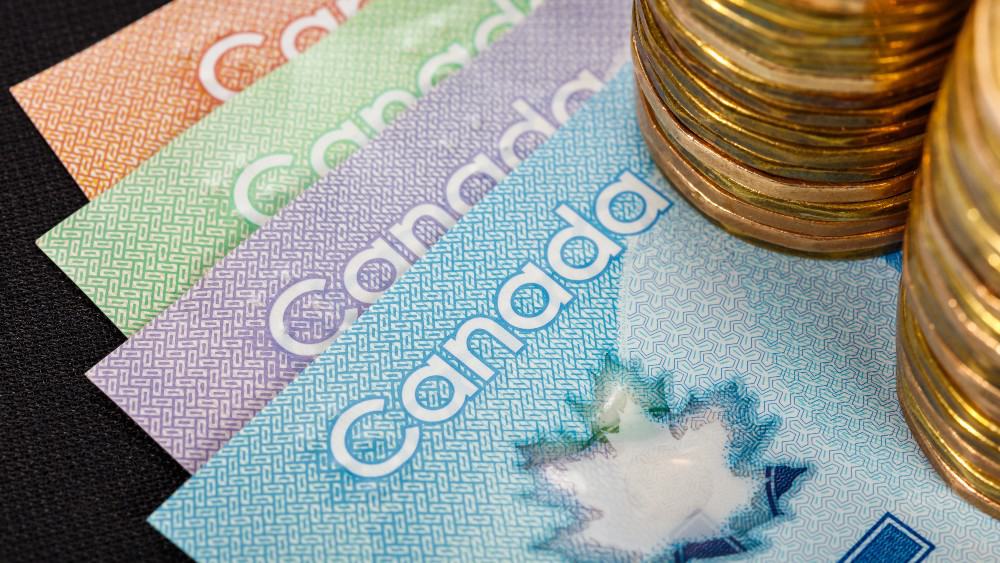The pandemic has enormously ravaged businesses and jobs this year — uncertainties that have pushed Canadians to hoard cash more than ever. It is always prudent to have emergency cash that should last roughly six months of your expenses.
But amid the pandemic, many Canadians have saved substantially higher than that, which has taken national savings to record highs.
Are you sitting on excess cash?
According to CIBC findings, Canadian households and businesses are sitting at a cash pile of more than $170 billion amid the pandemic. A higher savings rate was evident given the government support and lower spending amid mobility restrictions.
It is reasonable that Canadians are saving more during this unprecedented crisis when jobs are at stake.
However, piling cash may not be an optimum solution here. It only loses value with inflation and does not earn attractive returns.
My suggestion for Canadians, who are hoarding cash, would be to consider moving a part of your savings into stocks. It will generate passive income as well as capital gain in the long term.
Now some might argue that cash will not deplete in value, while stocks can do. What if I need the money in, say, six months and the investment has lost a significant value by then?
While that’s a valid point, it’s exactly why I’m asking to put only a portion of your savings, which you might not need in the short term.
Additionally, investors generally over-assume stock market risk. There are plenty of options that offer safety, along with decent gains.
Park your cash in income-generating assets
Consider telecom and media giant BCE (TSX:BCE)(NYSE:BCE). It is the country’s biggest telecom company by market cap. BCE is a mature company and generates stable earnings, enabling it to provide stable dividends payments. It yields 6% at the moment.
That means a monthly investment of say $1,200 for a year would generate $860 in dividends. That works out to nearly $72 per month.
If you want to increase your passive income, you can look at higher-yielding stocks or increase your initial investment.
Consider midstream energy giant Enbridge (TSX:ENB)(NYSE:ENB). It generates stable earnings as they are not dependent on volatile oil and gas prices. Stable earnings facilitate stable stock price movements as well.
Thus, stocks like Enbridge are comparatively resilient against risky growth stocks when the market turns volatile. Investors who are seeking stability can consider parking their excess cash in Enbridge.
It has been a solid wealth creator in the long term, with reasonably lower risk.
Also, Enbridge offers some of the handsome dividend payouts among Canadian giants. It yields 8.5% at the moment. If you invest $1,200 of your excess cash in ENB stock every month, this $14,400 investment in a year will generate $1,224 in dividends per year.
Besides, the dividends will grow every year as the company manages to increase its earnings.
Bottom line
So, with a little tweak to your emergency fund, your idle cash will start generating a stable passive income and will also open doors for significant capital gains.









